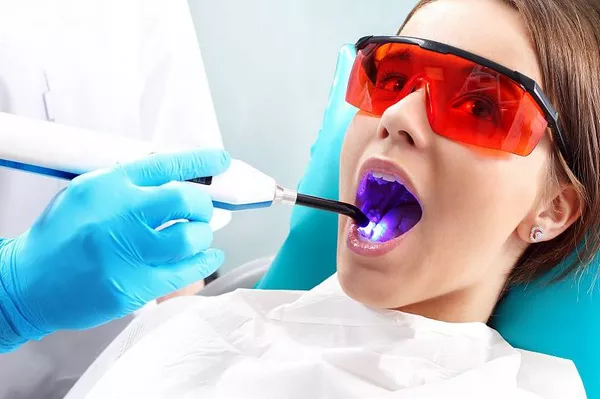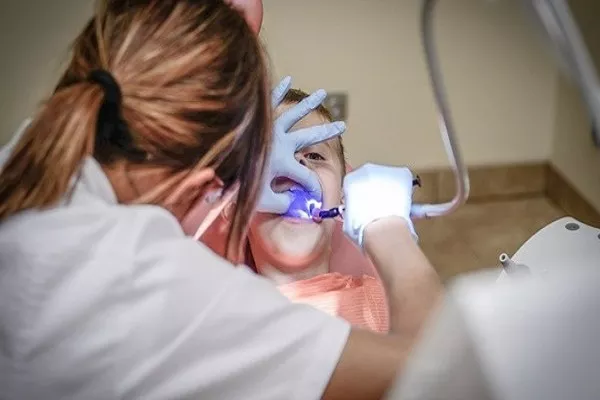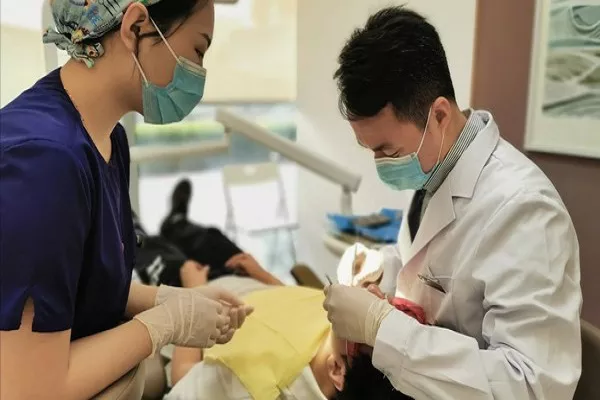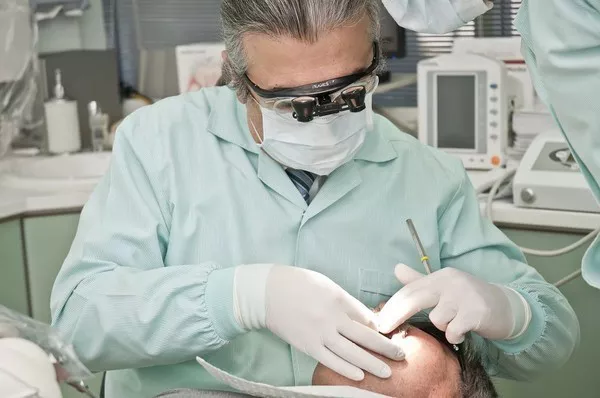Orthodontic treatment typically involves three main stages: planning, active treatment, and retention.
During the planning stage, the orthodontist will evaluate the patient’s dental health and develop a treatment plan.
This may involve taking X-rays, impressions, and photographs of the teeth and jaw. The orthodontist will then use this information to create a customized treatment plan that is tailored to the patient’s specific needs.
The active treatment stage is when the orthodontic appliance is actually applied.
This may involve the use of braces, aligners, or other orthodontic appliances to guide the teeth and jaws into the correct position. This stage typically lasts between 6 months to 2 years, depending on the severity of the dental problem and the type of appliance used.
The retention stage is the final stage of orthodontic treatment.
After the active treatment stage is complete, the patient will typically wear a retainer to help maintain the position of the teeth and prevent them from shifting back to their original position. Retention may involve wearing a retainer full-time for several months, followed by part-time wear for several years.
It is important to follow the orthodontist’s instructions for each stage of treatment in order to achieve the best possible results. This may involve regular check-ups and adjustments to the orthodontic appliance, as well as following a proper oral hygiene routine to maintain dental health.
In conclusion, orthodontic treatment typically involves three main stages: planning, active treatment, and retention. Each stage is important for achieving a healthy, functional smile, and it is important to follow the orthodontist’s instructions for each stage in order to achieve the best possible results.





























